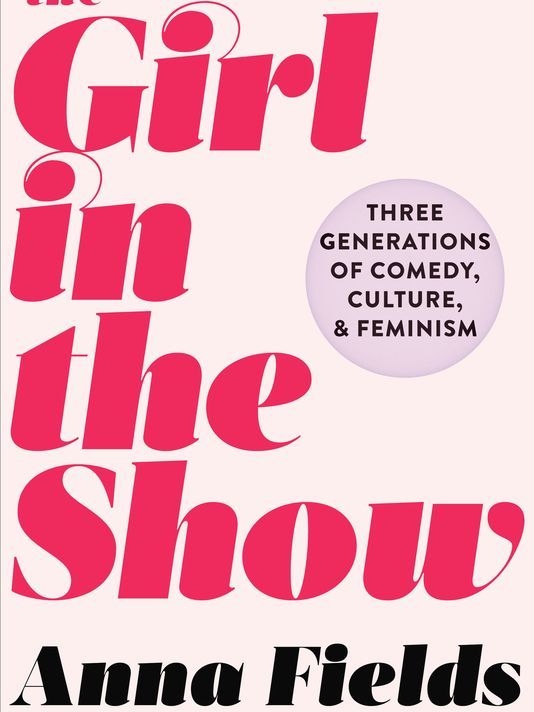Funny Women

In 1953, a clear sign that women were ascending in the entertainment world was the fact that Lucille Ball — who had registered twice as a communist in the 1930s — was given a pass by U.S. Sen. Joseph McCarthy as well as the House Committee on Un-American Activities.
Her pioneering sitcom I Love Lucy was in its second of six blockbuster seasons and Americans already loved her, no questions asked. She was too big to blacklist. According to her fans, the only thing “red” about Lucy was her hair.
This historical factoid is among the intriguing details packed into Anna Fields’ book, "The Girl in the Show: Three Generations of Comedy, Culture and Feminism" (Arcade, 392 pp., **½ pp. out of four stars).
The author examines the evolving role and impact of female comedians from Sophie Tucker to Amy Schumer — and dozens in between — on American culture and feminism. Her mission is to examine how funny women have advanced serious issues, such as female sexuality and empowerment, since 1920 (when American women got the right to vote).
The “girl in the show” is none other than the late and legendary Gilda Radner, who in 1975 was one of three female cast members in the inaugural season of Saturday Night Live. Gilda was at least as funny as the boys. NBC proclaimed the program’s gender inclusiveness by announcing, “There’s a girl in the show!” as if a female comedian was a novelty like the bearded lady in a circus.
Fields traces the long and winding road of funny females in modern times. Ball, for example, was shown on camera pregnant, a daring move in the 1950s. More significantly, she was a housewife who clearly wanted more from life than home and hubby.
Fields’ commentary is well-seasoned throughout with observations from contemporary comedians as well as insights from experts like Dr. Lori Landay, a professor of cultural studies at Berklee College of Music who has written a book on Lucille Ball: “Back then — and to a large degree, (in) mainstream comedy today — jokes are geared toward teenage boys…in television, comics and sitcoms feature jokes that writers and executives think that men (and women who enjoy laughing at rather than with other women) will laugh at.” As Fields points out, there is room for progress in the genre.
The reader should know (if she doesn’t already) that people who make their living being funny are often anything but off stage — and that the inspiration for humor frequently stems from dark places in their lives. Fields herself has done stand-up comedy, and her book is relentlessly serious and decidedly polemic.
At times, the author’s commentary is bewildering. When examining the difficulty comedians face in addressing such controversial issues as abortion, she opines that “the Right to Life movement’s true purpose within any capitalist society” is “to prevent women from exercising choice so that those women can provide bodies for war.”
Here’s another doozy: “When we laugh, we are our truest selves. And laughter, like violence, is also how we recreate ourselves.” When someone close to you is recreating themselves, duck!
Fields' main premise, however, is solid: that comedians today, like Schumer, get to riff on sex, abortion, gender bias and more thanks to the brave and funny women who preceded them on stage and screen.
And if being a comedian is hard, the author makes the case that being funny and female is harder. As contemporary stand-up performer Brandie Posey puts it, “There’s a weird thing where, as a female comic, you’re given more responsibility other than just being funny.”